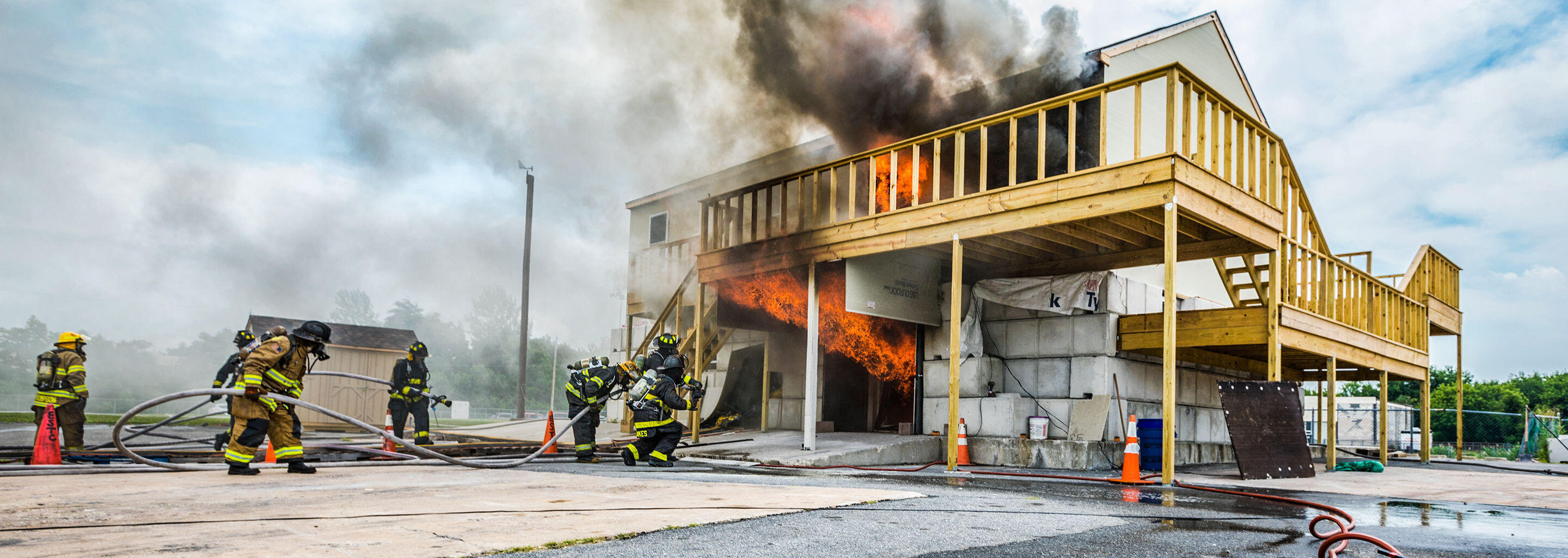7
Jul
Chemical Exposure & Cardiovascular Risks in Today’s Fire Service
The risks we face as firefighters are constantly evolving as we respond to fires that progress more rapidly and produce more toxic smoke than ever before. In addition to the hazards from rapid fire progression, building collapse and PPE limitations, there are other insidious threats that we face that may not be as evident while implementation tactics or even developing policies. Cancer is a primary chronic health concern associated with firefighting. Sudden cardiac events are the leading cause of line-of-duty deaths in the Fire Service and a primary acute health concern. In an on-going series of projects between IFSI Research, UL FSRI and NIOSH, we have developed a deeper understanding of the exposure risks associated with firefighting activities. This presentation will review the critical results from those efforts with a focus on the impact of fireground decisions on firefighters operating in different roles.

